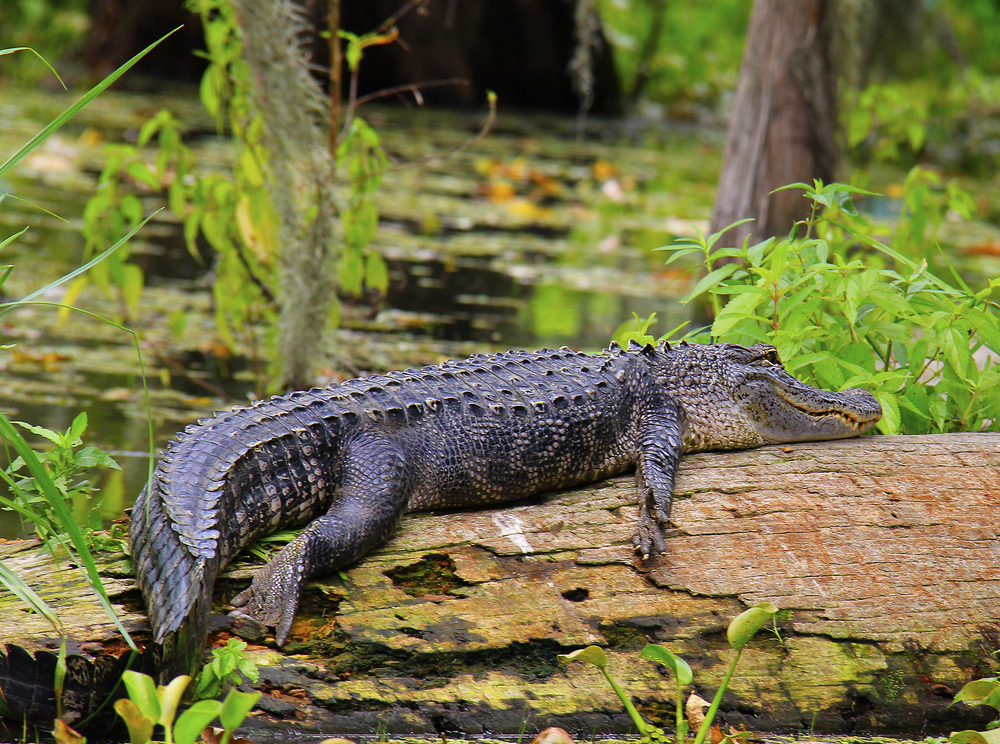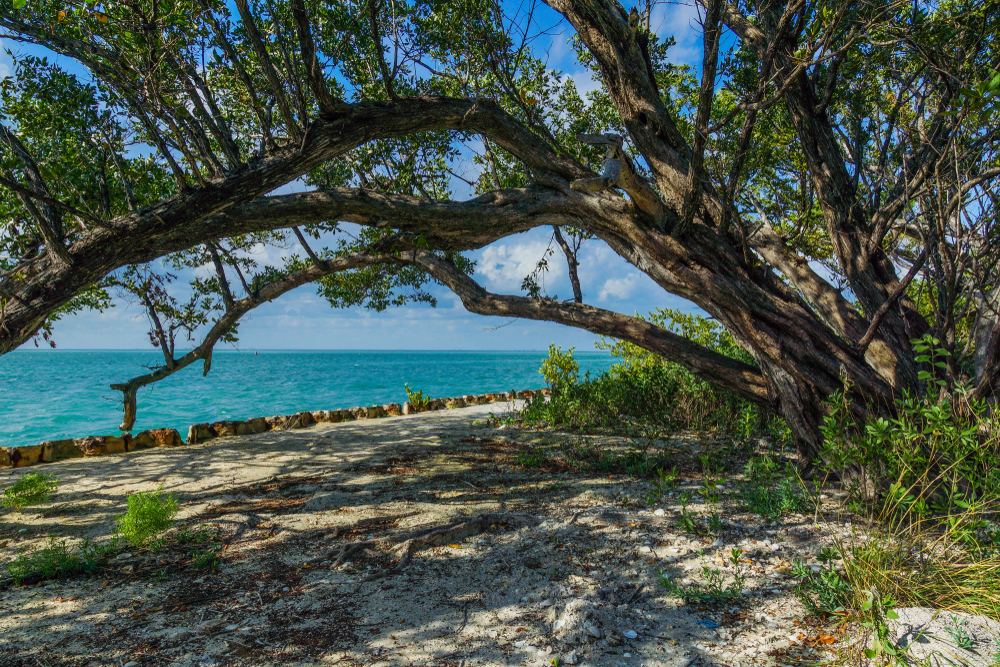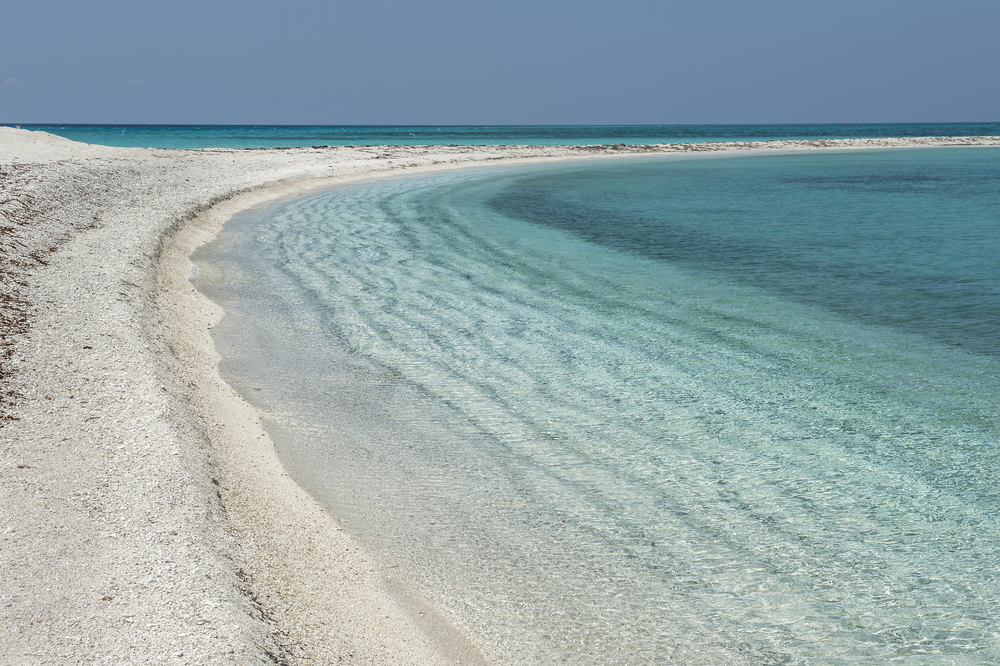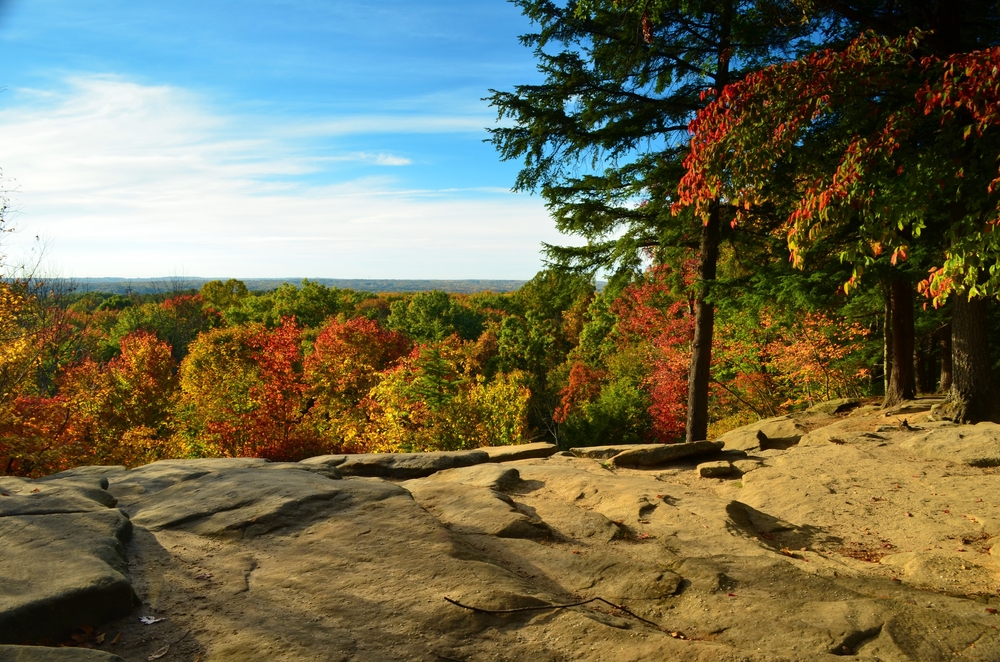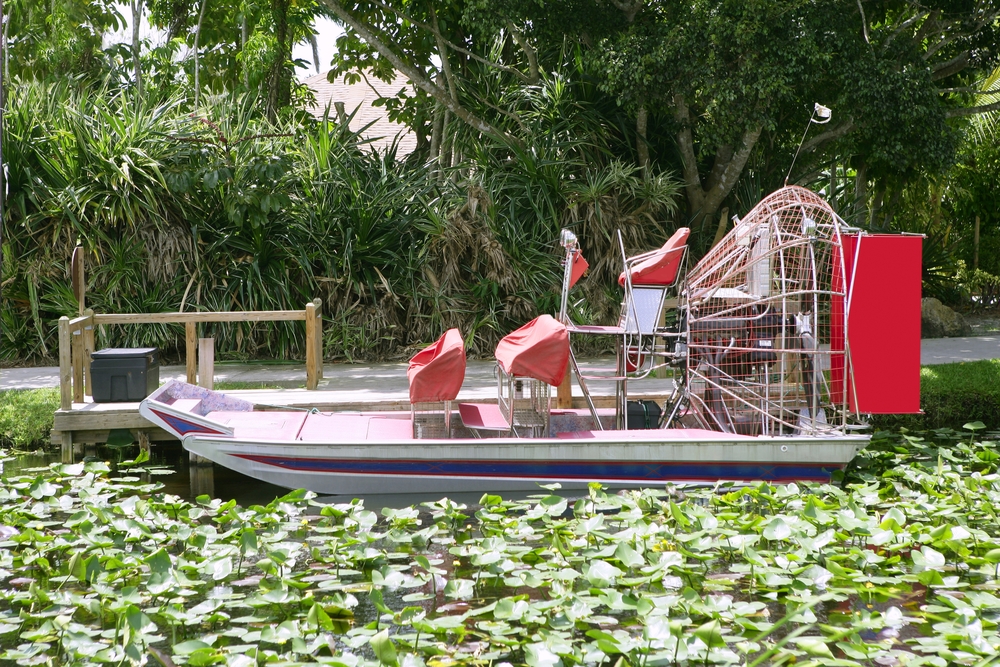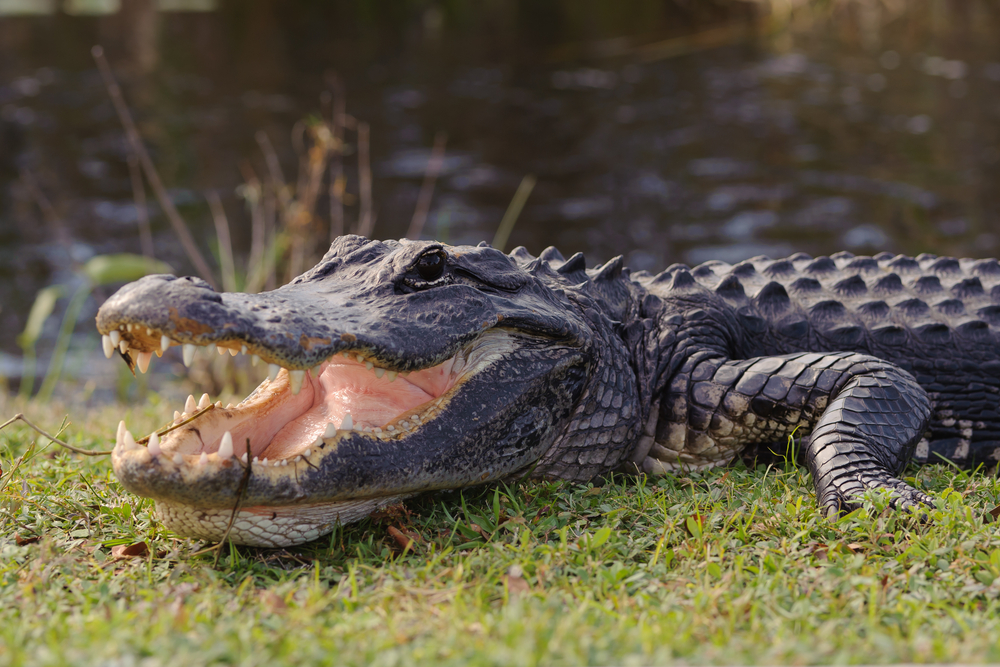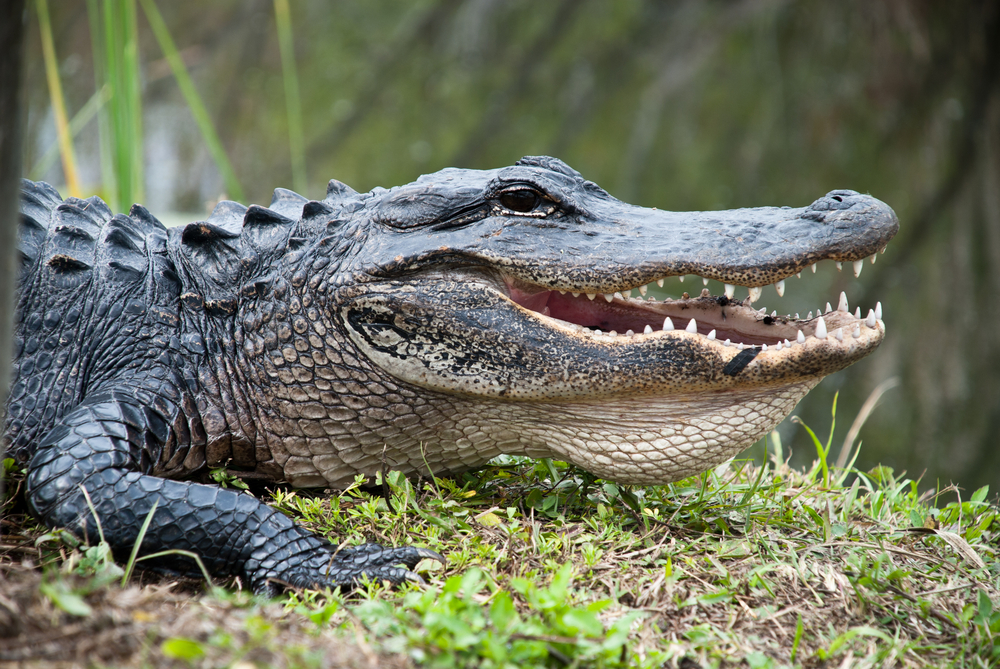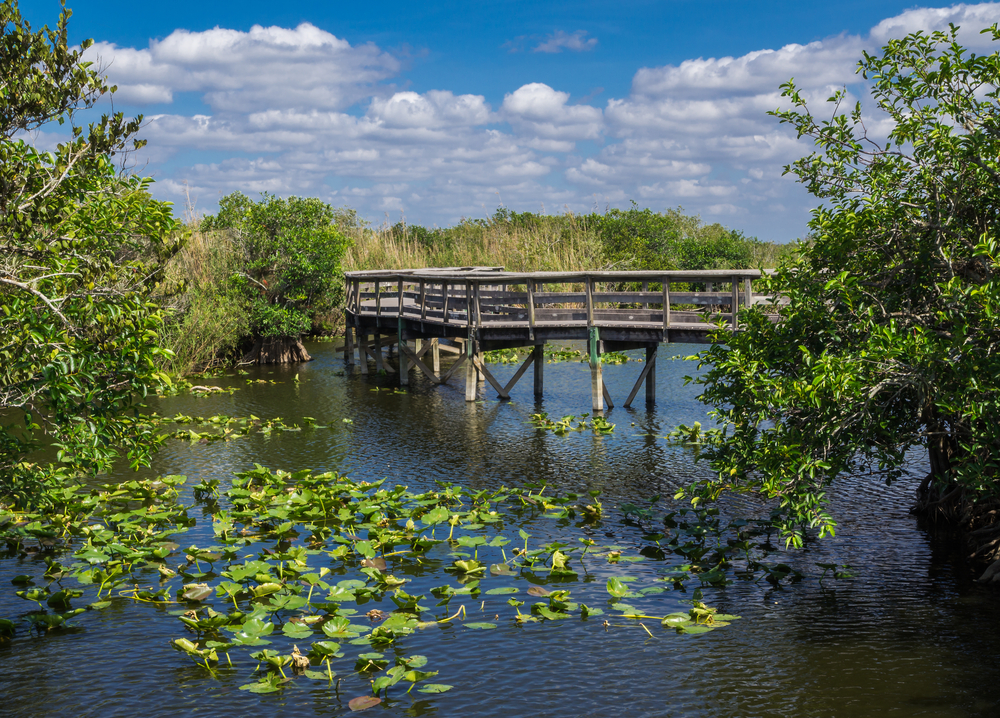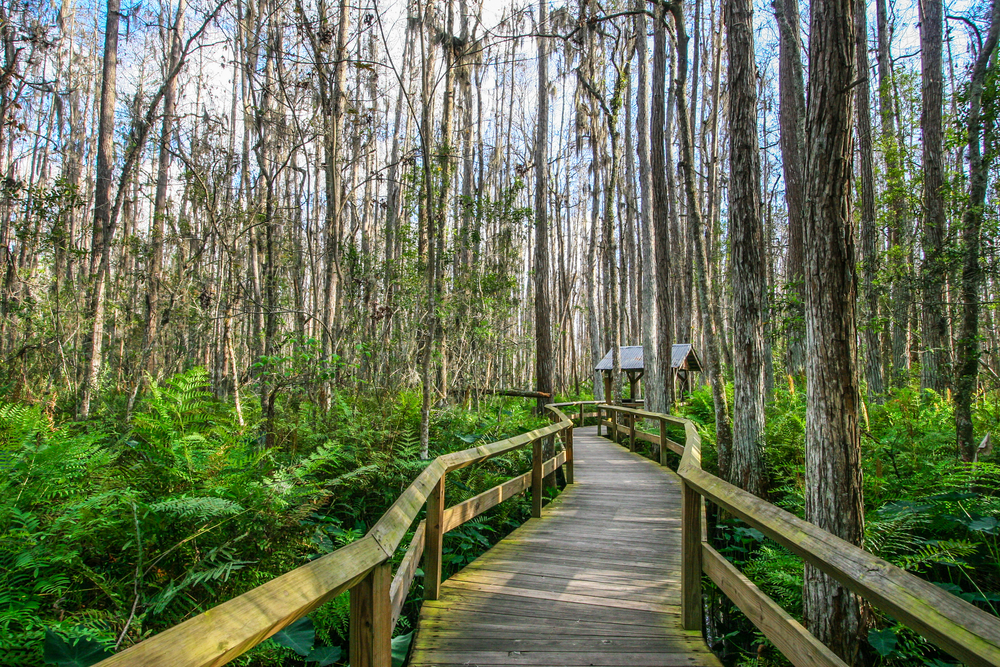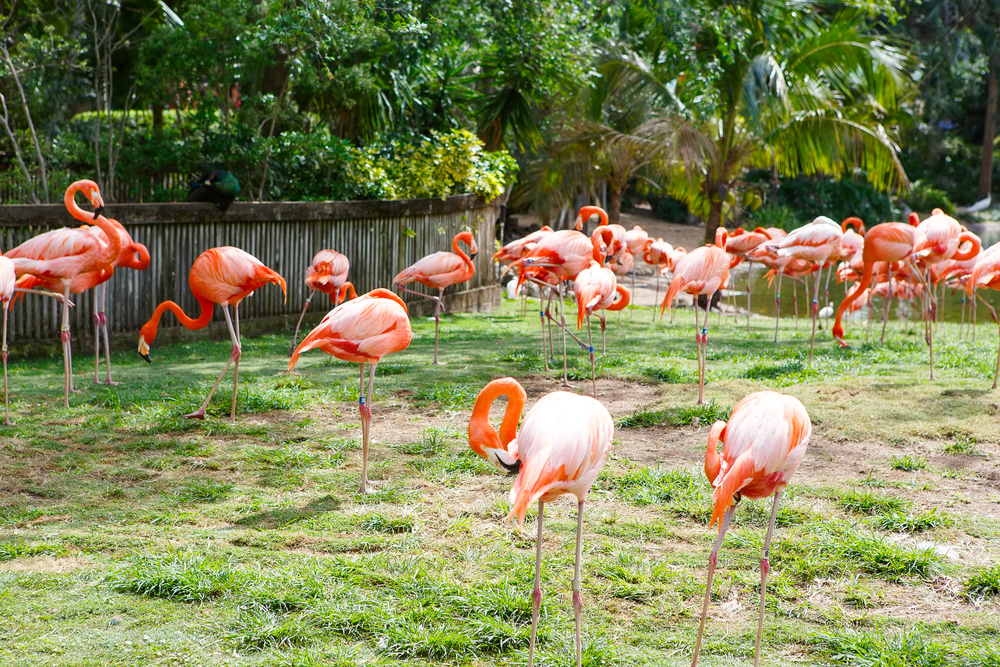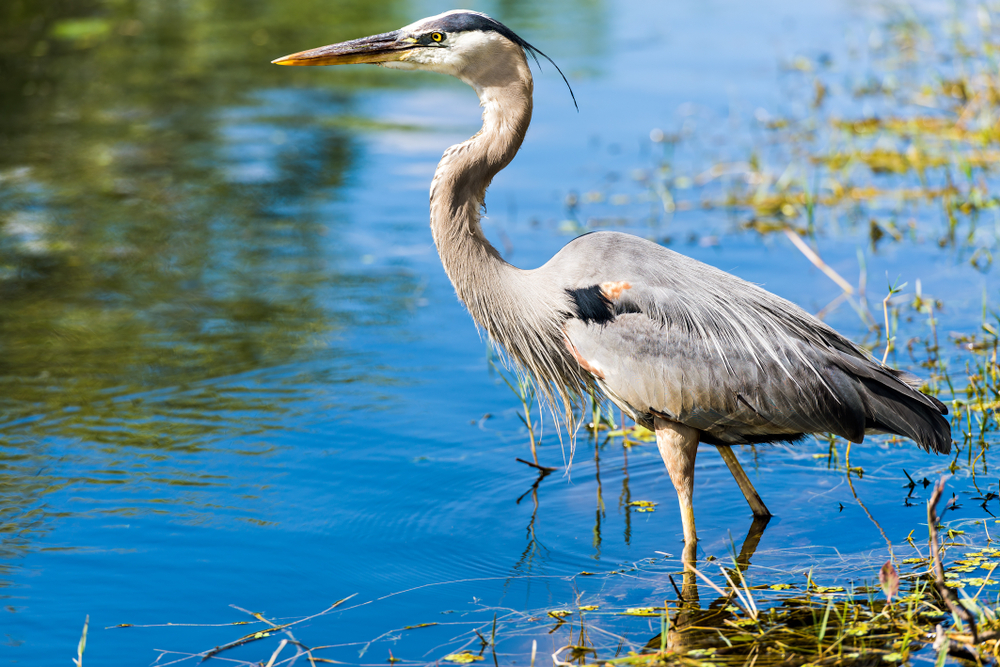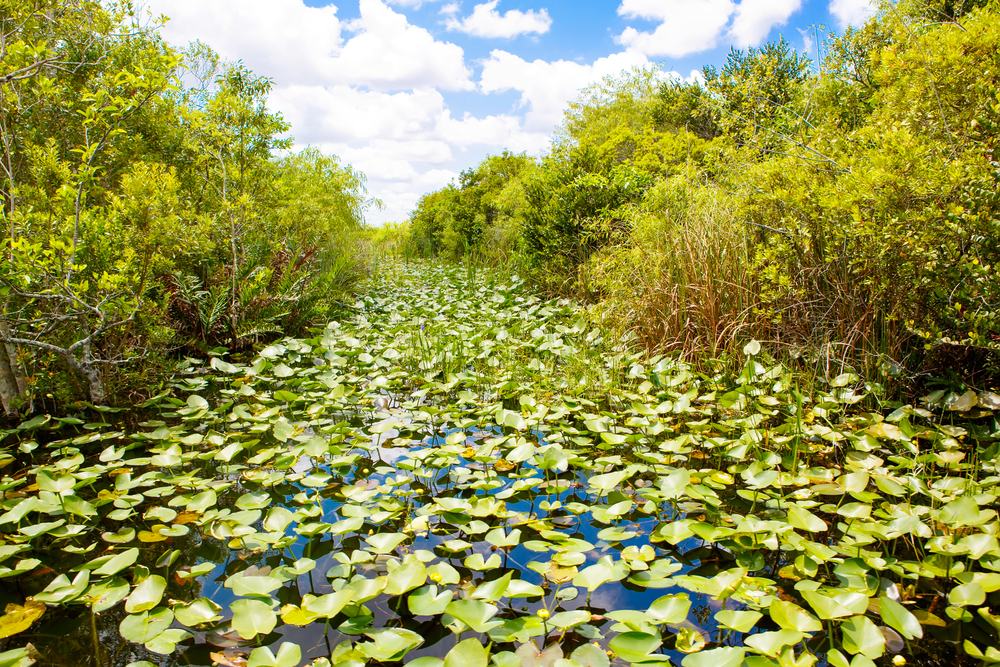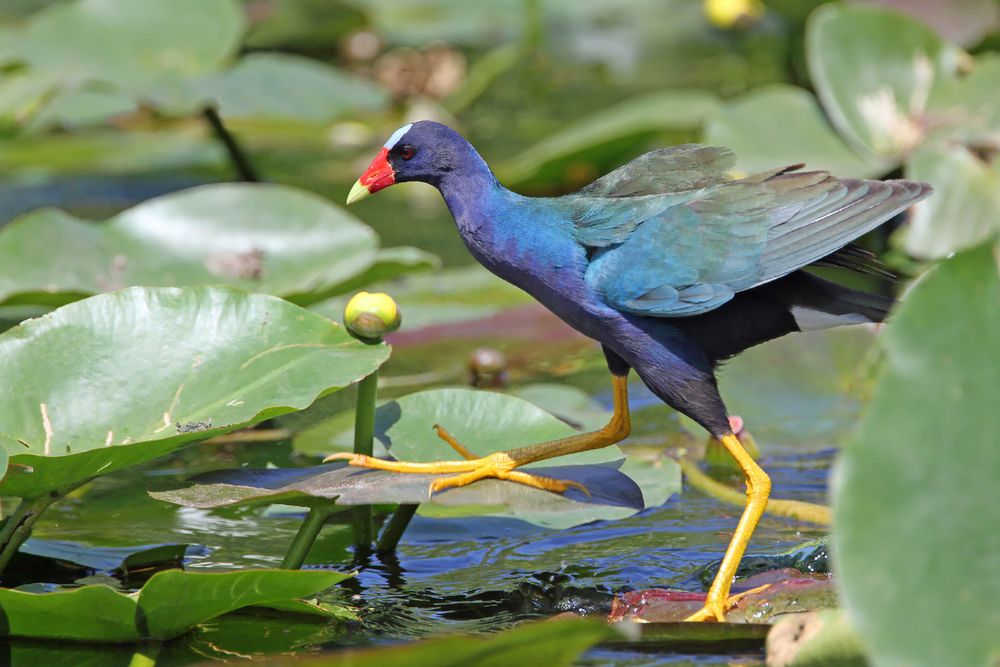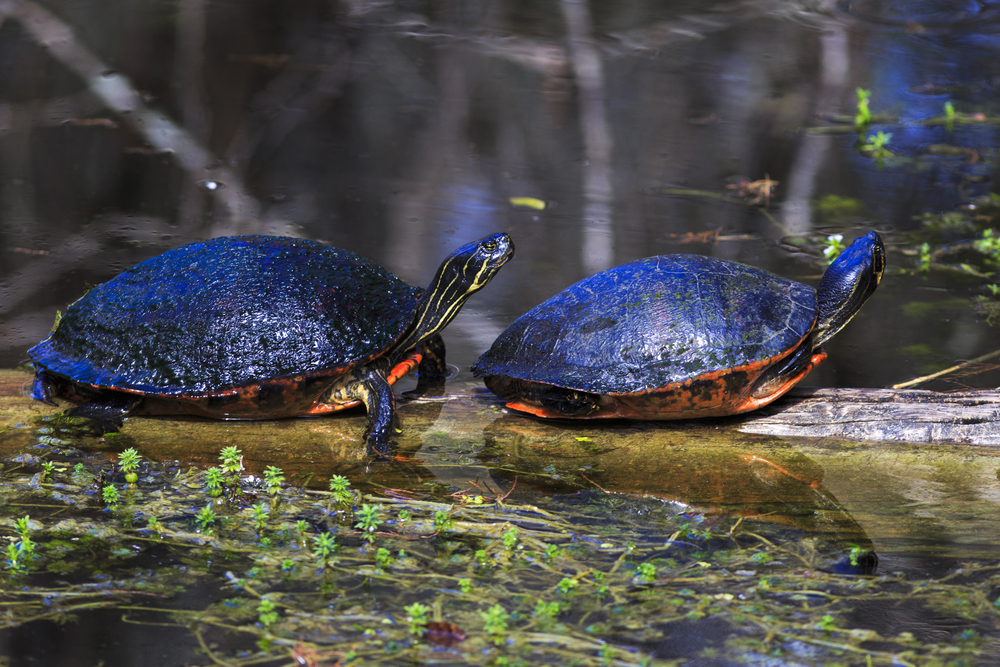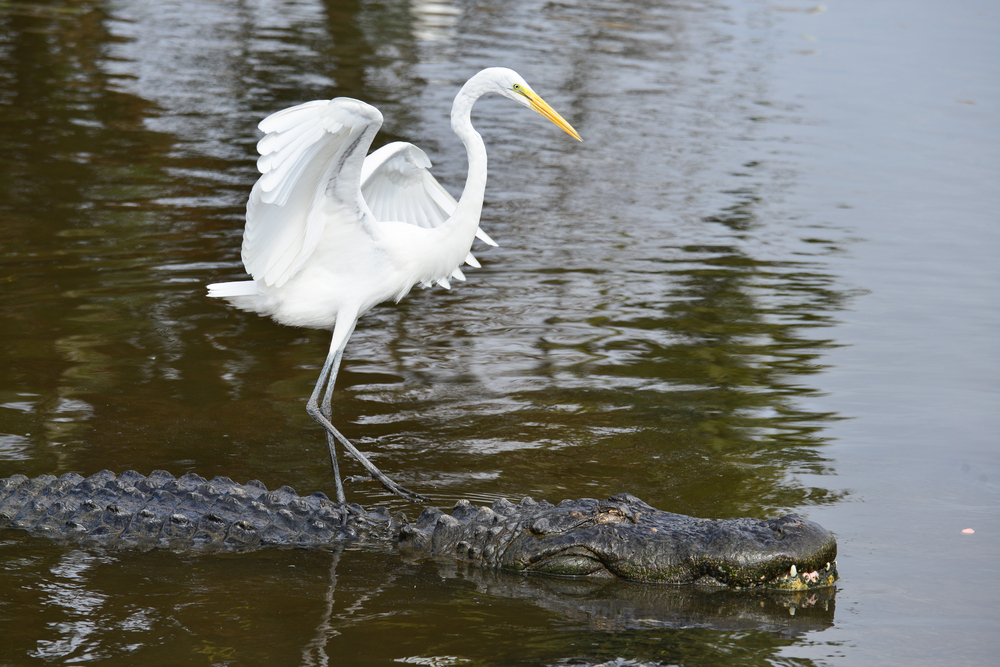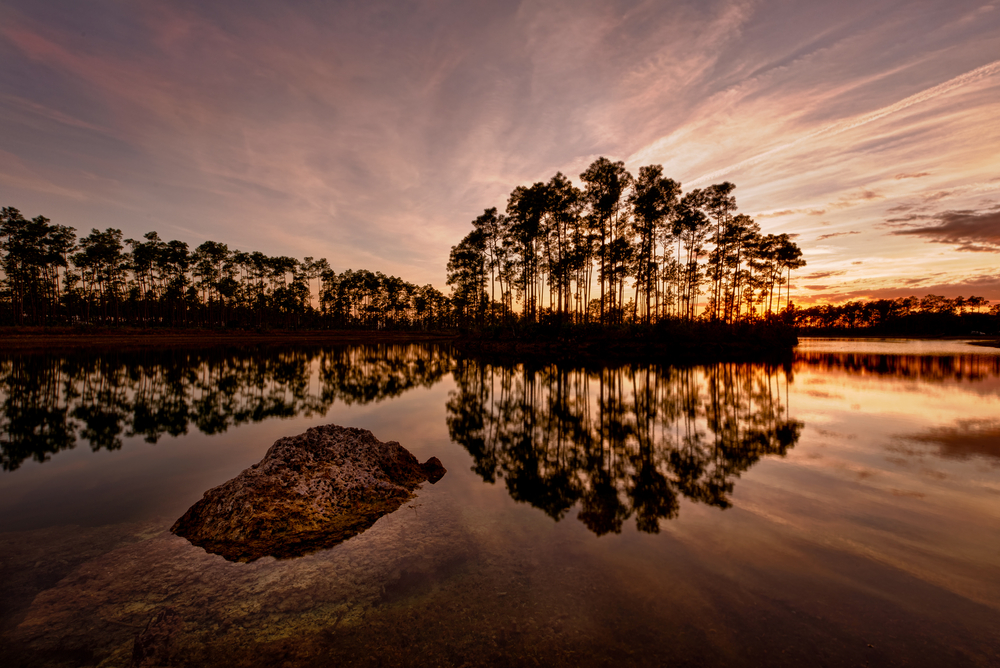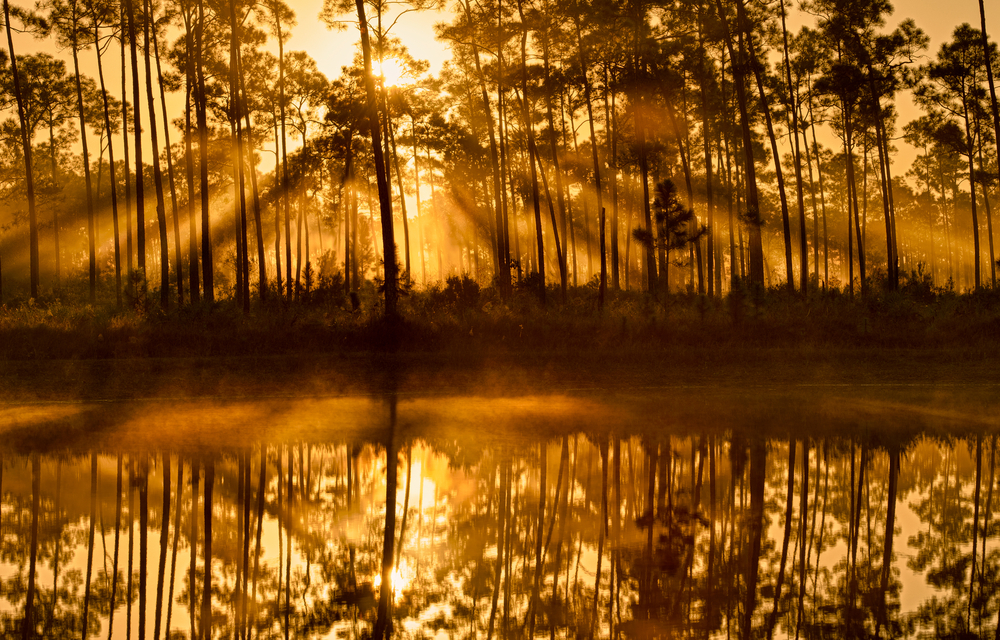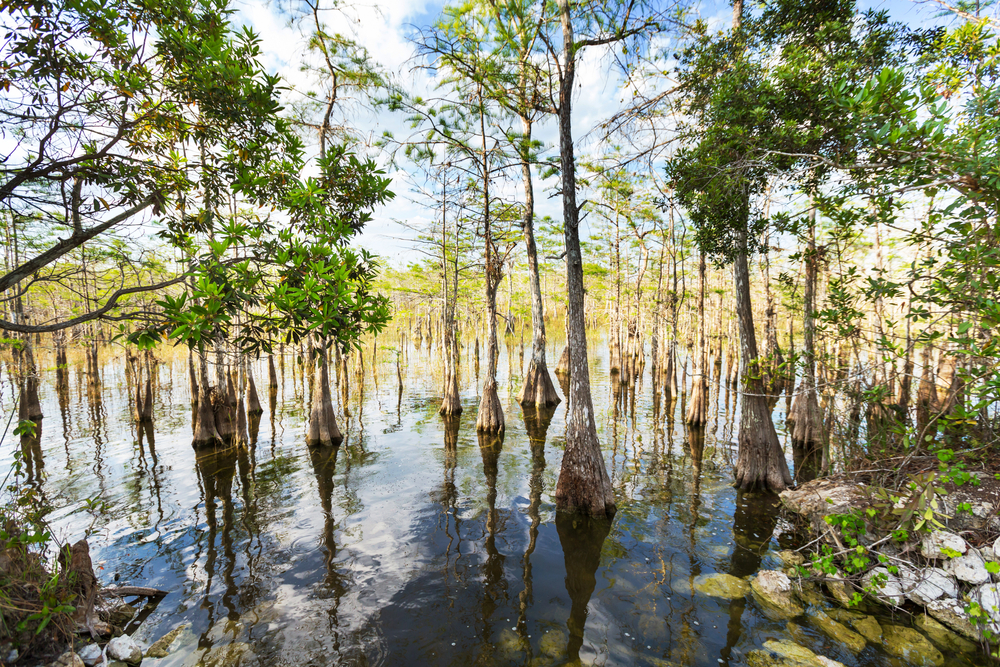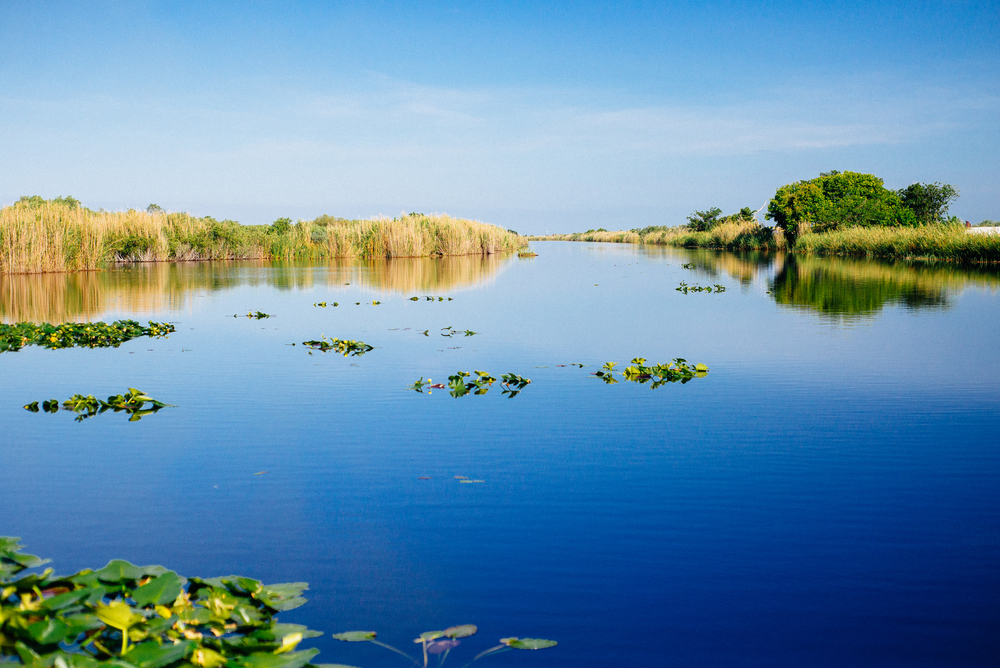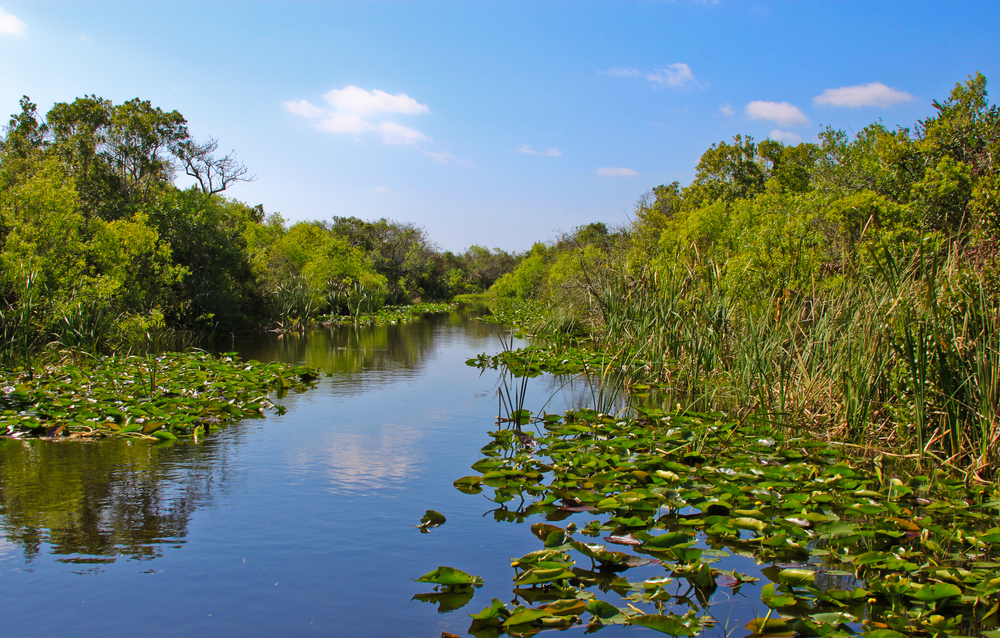Popular
Everglades National Park, a vast and unique ecosystem within southern Florida, is a world-renowned haven for a wide array of wildlife, offering unparalleled opportunities to observe species that thrive in its subtropical wilderness. From the water’s surface to the expansive skies, the park’s diverse habitats support an incredible variety of life, each species playing a crucial role in the delicate balance of the Everglades’ environment.
American Alligator – Emblematic of the Everglades, the American Alligator is often seen sunning on banks or gliding through the water, a key species in the ecosystem.
Florida Panther – As one of the most elusive inhabitants, the endangered Florida Panther roams the park’s forests and marshes, a symbol of wild Florida.
West Indian Manatee – Gentle giants, West Indian Manatees, frequent the park’s warm waters, grazing on sea grasses in a slow-paced ballet of underwater grace.
American Crocodile – Unique for its tolerance of saltwater, the American Crocodile resides along the park’s coastal areas, showcasing the diversity of reptilian life in the Everglades.
Roseate Spoonbill – With its vibrant pink plumage and distinctive spoon-shaped bill, the Roseate Spoonbill is a striking presence in the park’s shallow waters.
Wood Stork – A conservation success story, the Wood Stork, with its bald head and white body, is often seen wading in search of fish.
Great Egret – Tall and graceful, the Great Egret stalks the marshes, a white beacon against the green backdrop, hunting for fish and amphibians.
Bald Eagle – The majestic Bald Eagle, America’s national bird, can be spotted soaring above the Everglades, a powerful symbol of freedom and strength.
Osprey – Known as the fish hawk, Ospreys are commonly observed diving for fish in the park’s waters, a testament to the richness of the Everglades’ aquatic life.
Snail Kite – Specialized in feeding on apple snails, the Snail Kite glides over freshwater marshes, its presence indicative of the health of the ecosystem.
Everglades National Park’s wildlife, from the iconic American Alligator to the specialized Snail Kite, represents the incredible biodiversity of this UNESCO World Heritage Site, inviting visitors to explore and appreciate the wonders of one of America’s most unique natural treasures.








































































